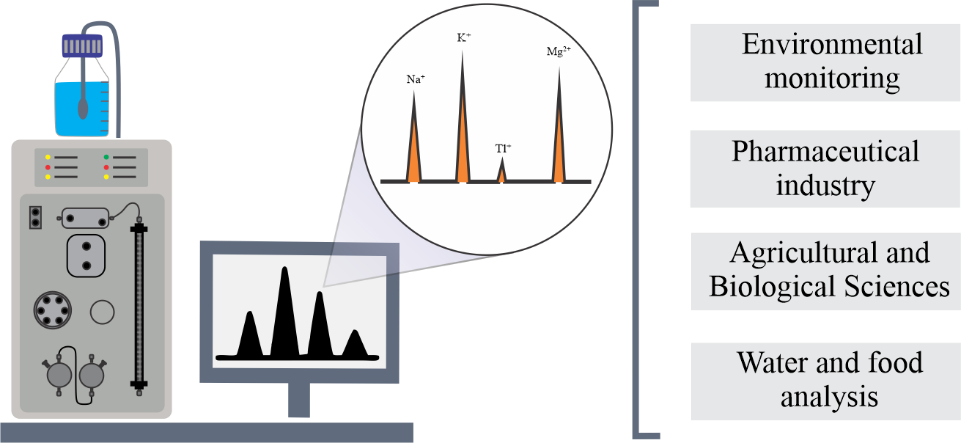
- anions, cations, chromatographic analysis, ion analysis, ion chromatography.
Copyright (c) 2022 Orbital: The Electronic Journal of Chemistry

This work is licensed under a Creative Commons Attribution-NonCommercial-NoDerivatives 4.0 International License.
Abstract
Ion chromatography (IC) is one of the most used analytical methods for the determination of inorganic cations and anions, as well as organic ions. It is considered a method of separation with simple steps, low cost and with good efficiency in chromatographic separation. In addition, it has good validation metrics such as sensitivity, selectivity, precision, robustness, low detection limit and quantification. IC easily replaces conventional wet chemistry methods, which tend to have more analysis steps. The easy extraction of samples, in most cases, does not require organic solvents, facilitating the disposal of waste. Since its creation, IC has accumulated advantages and good acceptance in the food, pharmaceutical, environmental monitoring industries, in addition to increasing implementation in academic research laboratories.





